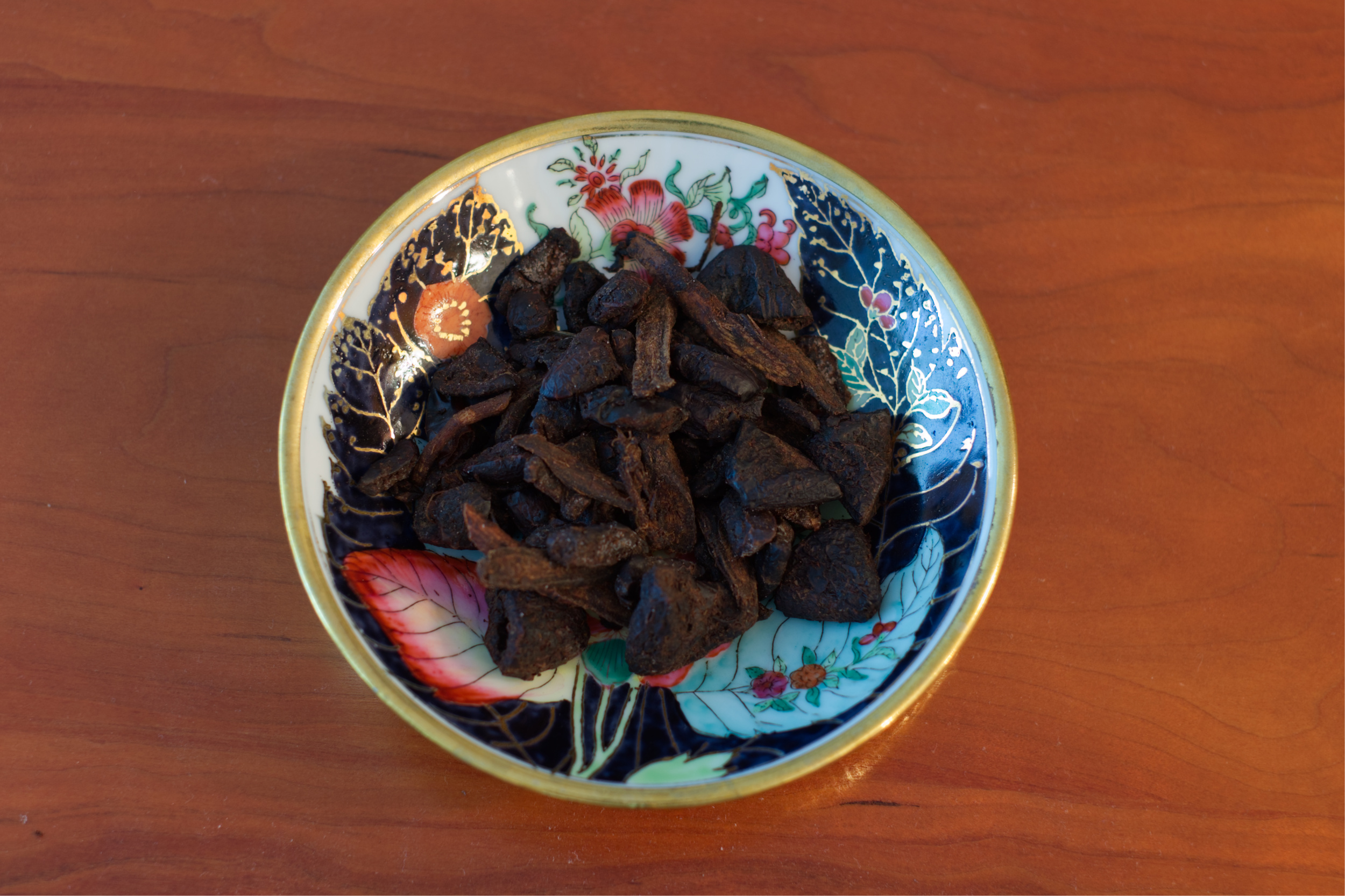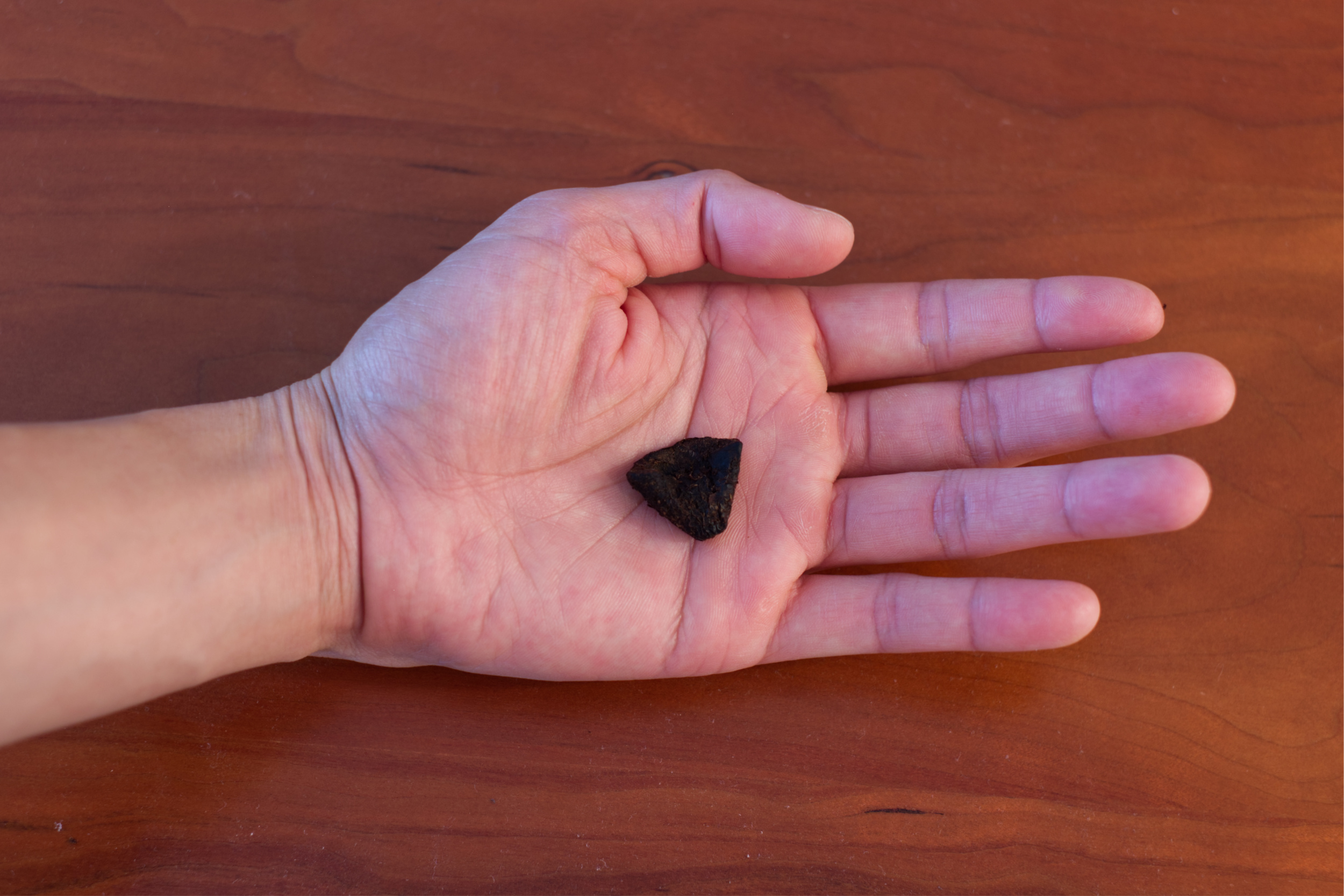Dried Olives 榄豉 laam si or 榄角 laam gok

I think 榄豉 laam si or also called 榄角 laam gok are a really interesting ingredient in Chinese cuisine. They’re one of these humble ingredients that takes an extraordinary amount of work to make and I think they generally go unappreciated.
I’ve always heard the name of these olives as 榄豉 laam si and the cool thing about the name is that it’s pretty hard to translate. 豉油 si yau (soy sauce) and 豆豉 dau si (fermented soy beans) are probably much more common uses with the word 豉 in Guangdong Province. In these forms, soybeans do go through fermentation, but in the case of 榄豉 laam si (olives) or 蚝豉 hau si (dried oysters) these do not go through any fermentation. One general process they all go through is poaching, salting, maybe fermentation, and sun drying. Depending on the circumstance of how 豉 is used, the definition of it can change a little.
To make these olives you first have to pick them from an olive tree. When my parents grew up, they said picking olives used to be easier. The earth underneath olive trees were more bare since people would pick the grass for kindling material. You’d take a tall stick and beat the branches to knock the olives from the stems, collect them, and take them home. Since people stopped gathering kindling material to make fires for stoves there’s now tall grass under olive trees. Now, people lay out something like a tarp to catch olives.
After they are washed and picked of any stems, the olives are gently simmered in water that is 70C to 80C (not more than 80C) until they are just soft enough to be split in half. Poaching these kind of olives is similar to cooking meat, you're trying to get to a right texture. If they're cooked too long they'll fall apart. Cook them at a temperature too high and they'll get too tough. Once they are poached to the right yielding soft texture, using a string, you would hold one end of the string with your teeth and with your free hand, hold an olive in place and wrap the string around the olive to cut them in half, removing the pit that is inside.
The olives are then partially sun dried so the olives can absorb the soy sauce mixture more easily in the next step.
Next, they would be simmered in soy sauce, sugar, maybe salt, and licorice root. Some people like to crush the root or leave them in slices. Licorice compliments the flavor of the olives, but it’s also “cleansing” where as the olives are considered “hot”. Something optional to add such as the batch I received are cut dried chilies. After they have been thoroughly marinated, each olive piece is squeezed by hand to remove the poaching liquid in the center. The collapsed olive half will look triangular, hence the name 榄角.
Finally, they are sun dried one last time to the right texture. I sometimes like to eat a few and anyone who likes strong flavors will probably enjoy them. A common dish with these olives is stir fried ground pork, green beans, and olives. Another way of using them is to steam with fish. Just laying a few pieces under the fish.
Thankfully, last that I visited home my parents sent me back to Chicago with a jar of them. This batch was made from a family friend in China. When I asked my parents about these olives, it’s no surprise that fewer people are making it from scratch since it’s so labor intensive. I’ve heard from older relatives that these olives are slowly disappearing in China. While it’s something that will probably not go away altogether, they are quickly becoming much more expensive for higher quality ones typically made in small batches by a family run operation. You can buy these olives in grocery stores, but the mass produced ones really don’t compare. If you ever get a chance to try some of the good stuff, you’ll know right away. Better yet are the ones made by a family who has been making them for a long time.






